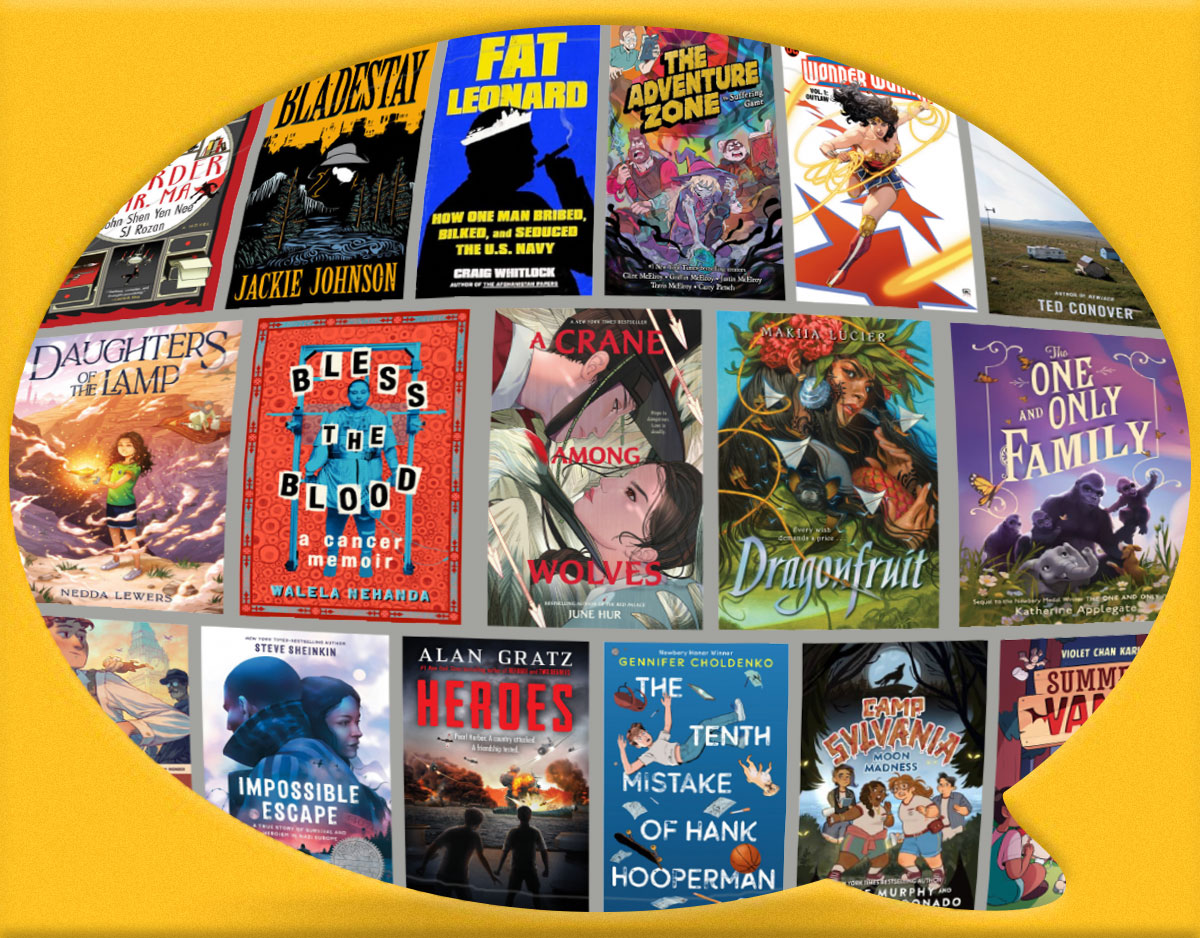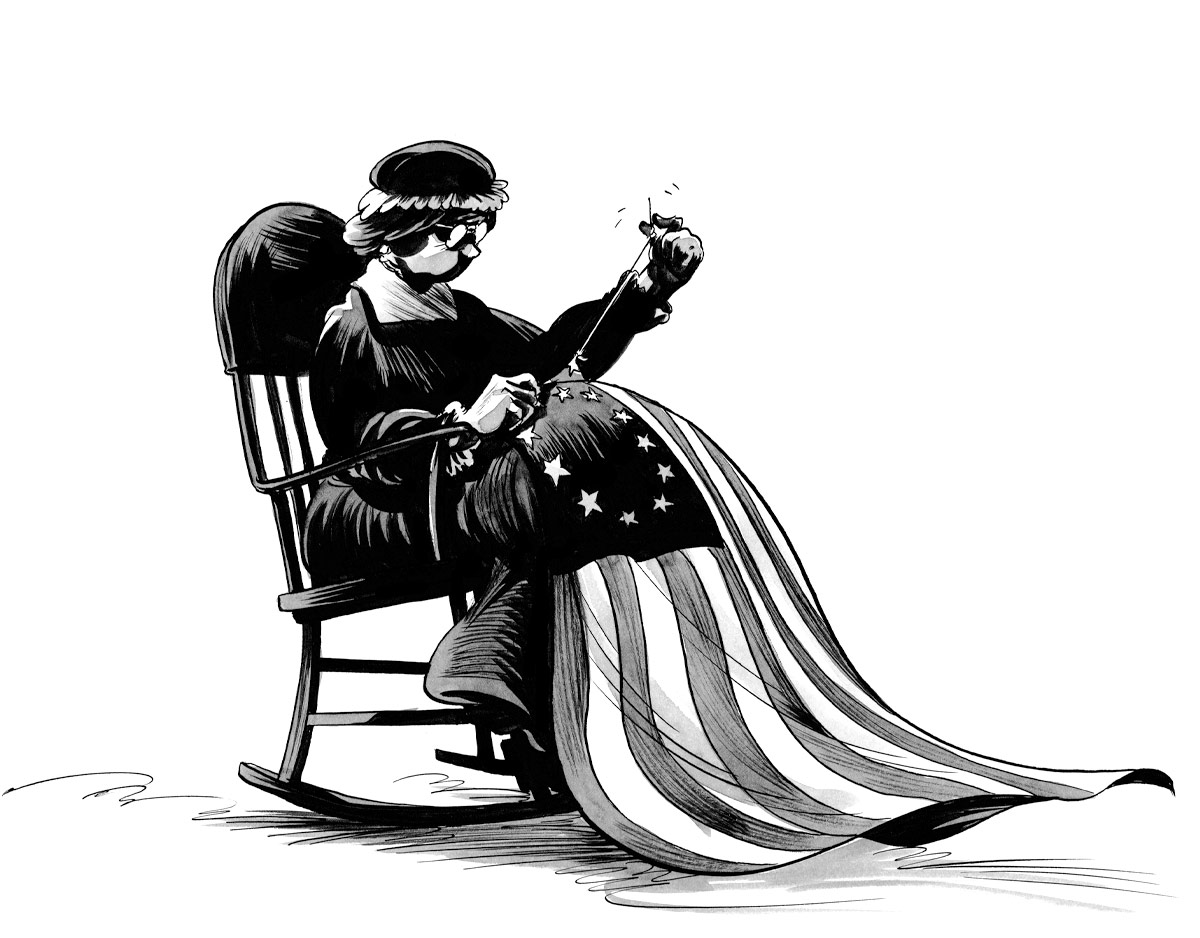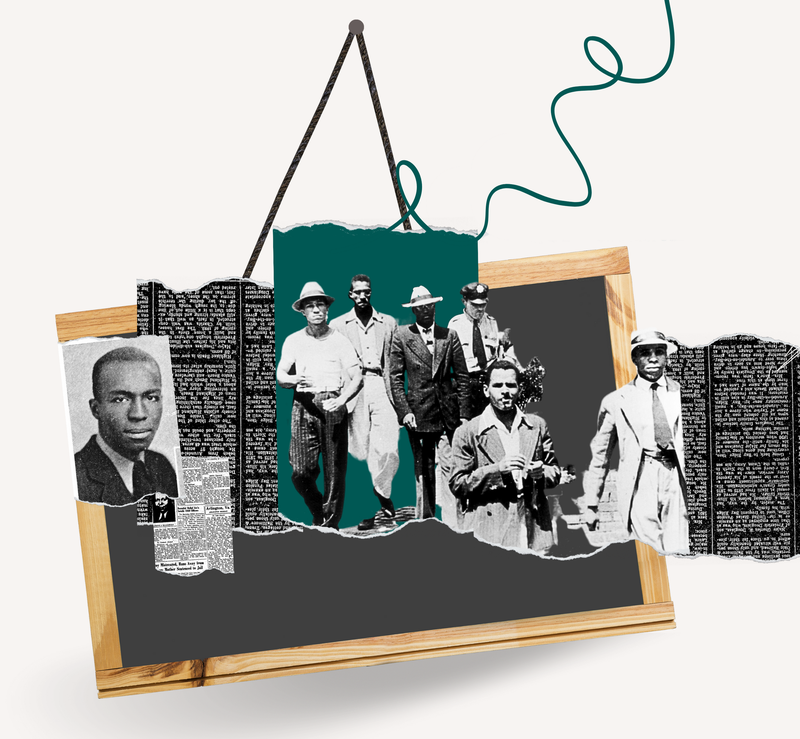Review of the Day: Witches! by Rosalyn Schanzer
 Witches! The Absolutely True Tale of Disaster in Salem
Witches! The Absolutely True Tale of Disaster in Salem
By Rosalyn Schanzer
National Geographic Children’s Books
$16.95
ISBN: 978- 1426308697
Ages 10 and up
On shelves September 13th
Sometimes I wish I could sit down with my 10-year-old self and have a conversation. We’d chat about the improvements that will come to fashion someday (I think 10-year-old me would really appreciate knowing that 1988 was America’s low point), the delight to be found in School House Rock and eventually I’d turn the conversation to books. From there we’d give praise to good Apple paperbacks like The Girl With the Silver Eyes or pretty much anything with a ghost in it (does anyone even remember Ghost Cat?) but eventually I’d have to start pushing myself. “So what,” I might say, “would it take to get you to read nonfiction?” Even from a distance of twenty-three years I can feel the resistance to such a notion. Nonfiction? You mean like the latest edition of The Guinness Book of World Records, right? Nope. I mean like straight up facts about a moment in history. And not any of those Childhood of Famous Americans books either, missy thang. Then I’d pull out my secret weapon: Witches! The Absolutely True Tale of Disaster in Salem. The cover? Enticing. The subject? Not off-putting. The overall presentation? Enthralling.
When 9-year-old Betty Parris and 11-year-old Abigail Williams began to twist and turn in the home of the Reverend Samuel Parris there was only one possible reason for it: witchcraft. And why not? This was Salem, Massachusetts where the Puritan populace knew anything was possible. What they didn’t know was that the afflicted girls would be joined by fellow accusers and launch the town, and even parts of the state, into a series of witch trials the land of America had never seen before. Rosalyn Schanzer tells it like it is, recounting many of the details, giving information on what happened to all the players when the dust settled and things got back to normal. Notes, a Bibliography, an Index, and a Note From the Author explaining how she abridged, updated, and clarified some of the original texts follow at the end.
ADVERTISEMENT
ADVERTISEMENT
 I’ll admit it. I’m not ashamed. Here I am, thirty-three years of age with a Masters degree to my name and if you had asked me to recount exactly what happened during the Salem Witch Trials I’d have been hard pressed to come up with anything I didn’t just learn from Arthur Miller’s The Crucible. Okay . . . so I’m a little ashamed. And I didn’t even know how much I didn’t know until I started reading Schanzer’s book. The author lays out her book chronologically. It’s like watching an episode of Law & Order. You see the “crime”, the characters, and the endless strange courtroom scenes (Note: Teacher’s wishing to spice up their history presentations should definitely make Law & Order-like videos of the Witch Trials).
I’ll admit it. I’m not ashamed. Here I am, thirty-three years of age with a Masters degree to my name and if you had asked me to recount exactly what happened during the Salem Witch Trials I’d have been hard pressed to come up with anything I didn’t just learn from Arthur Miller’s The Crucible. Okay . . . so I’m a little ashamed. And I didn’t even know how much I didn’t know until I started reading Schanzer’s book. The author lays out her book chronologically. It’s like watching an episode of Law & Order. You see the “crime”, the characters, and the endless strange courtroom scenes (Note: Teacher’s wishing to spice up their history presentations should definitely make Law & Order-like videos of the Witch Trials).
And Schanzer’s choice of presentation is fascinating. Ordinarily a book like this would start with an Introduction that would sum up everything that happened lickety split. Not this one. There’s a preface, sure as shooting, but the author makes the executive decision to start off with the most interesting aspect of this story: witches. “Anyone could be a witch – your own mother or father, your best friend, your tiny  baby brother, or even your dog. And you might never know who was in league with the Devil until it was too late.” From the get-go Schanzer is asking the reader, without being obvious about it, to walk in the shoes of a Puritan. To understand exactly where it was they were coming from. I know books for adults that have a hard time doing this, so to find it here in a title for the under 21-set is admirable to say the least. The book begins with an explanation that when the Puritans immigrated to America they brought with them “a stowaway from their former home.” That would be an idea that the Invisible World was just as tangible as the Natural World. It sets the stage for what is to come, and if it does not excuse the actions of the characters, it at least gives their reasoning, however weak.
baby brother, or even your dog. And you might never know who was in league with the Devil until it was too late.” From the get-go Schanzer is asking the reader, without being obvious about it, to walk in the shoes of a Puritan. To understand exactly where it was they were coming from. I know books for adults that have a hard time doing this, so to find it here in a title for the under 21-set is admirable to say the least. The book begins with an explanation that when the Puritans immigrated to America they brought with them “a stowaway from their former home.” That would be an idea that the Invisible World was just as tangible as the Natural World. It sets the stage for what is to come, and if it does not excuse the actions of the characters, it at least gives their reasoning, however weak.
I was particularly impressed with the way in which Schanzer chose to refrain from inserting our contemporary views and theories into the text. When you at last reach the end you find a chapter called “The End is Here” which addresses some questions folks have had about the trials. Even then, the author doesn’t lay down the law and say “this definitely happened” or “we have no doubt of that”. Theories come and go. The idea that the grain in Salem had a mold in it may be trendy one day and then dismissed the next. By giving equal weight to various theories, Schanzer ensures that the book won’t be dating itself any time soon.
 When we think of nonfiction images, particularly those found in books published by companies like National Geographic, we think of photographs. And if we happen to be dealing with a point in history that came before the birth of the F-stop then we expect to see public domain images of the time. Usually paintings or prints made after the fact (and with scant attention to historical accuracy, but that’s neither here nor there). To incorporate original art into a book for tweens and teens is more acceptable now that graphic novels have reached a kind of grudging acceptance from the mainstream. And what art! Little wonder that the book has already garnered the prestigious Gold Medal for Best Illustrated Book of 2011 from the Society of Illustrators Original Art Exhibition. Schanzer (who both wrote and illustrated the book, believe it or not) uses the Ampersands Scratchboard medium for this particular work. Black and white with the occasional use of bloody red (the endpapers are a nice touch) Schanzer illustrates both the true facts of the case as well as the wild suppositions poised by the accusers. The pictures actually lighten the tone of the book a bit. Some of this stuff is pretty bleak, but Schanzer’s pictures have a bit of drollery to them (the dogs help). I was also taken with the font (not usually my area of expertise), which is listed as Caslon Antique and P22 Franklin Caslon. It makes the book look as if it was written in the past on an ancient printing press. Nice touch.
When we think of nonfiction images, particularly those found in books published by companies like National Geographic, we think of photographs. And if we happen to be dealing with a point in history that came before the birth of the F-stop then we expect to see public domain images of the time. Usually paintings or prints made after the fact (and with scant attention to historical accuracy, but that’s neither here nor there). To incorporate original art into a book for tweens and teens is more acceptable now that graphic novels have reached a kind of grudging acceptance from the mainstream. And what art! Little wonder that the book has already garnered the prestigious Gold Medal for Best Illustrated Book of 2011 from the Society of Illustrators Original Art Exhibition. Schanzer (who both wrote and illustrated the book, believe it or not) uses the Ampersands Scratchboard medium for this particular work. Black and white with the occasional use of bloody red (the endpapers are a nice touch) Schanzer illustrates both the true facts of the case as well as the wild suppositions poised by the accusers. The pictures actually lighten the tone of the book a bit. Some of this stuff is pretty bleak, but Schanzer’s pictures have a bit of drollery to them (the dogs help). I was also taken with the font (not usually my area of expertise), which is listed as Caslon Antique and P22 Franklin Caslon. It makes the book look as if it was written in the past on an ancient printing press. Nice touch.
So if you’re a librarian, teacher, or parent and you need to do a bit of booktalking with a work of historical nonfiction, Witches! is the answer to your prayers. Boy is it easy to talk up. I think all you’d have to do would be to recount one or two of the accusations to get the kids alert and awake. Then mention this fact to them: In a witch-hunt nobody is safe. It’s the immediacy of the material that makes this story all the scarier. If you’re looking for some straight history to entrance the kids, Witches! makes for a fantastic addition. Even my 10-year-old self would be forced to agree.
On shelves September 13th.
Source: Final copy sent from publicist for review.
Other Blog Reviews: Urban Bachelorette
Video:
The book says in the Note From the Author that if you go to YouTube and type in “Rosalyn Schanzer” you will find a video of her making the art for this book. As of the publication of this review that video cannot be found. Instead, here’s the book trailer:
Filed under: Best Books of 2011, Reviews
About Betsy Bird
Betsy Bird is currently the Collection Development Manager of the Evanston Public Library system and a former Materials Specialist for New York Public Library. She has served on Newbery, written for Horn Book, and has done other lovely little things that she'd love to tell you about but that she's sure you'd find more interesting to hear of in person. Her opinions are her own and do not reflect those of EPL, SLJ, or any of the other acronyms you might be able to name. Follow her on Twitter: @fuseeight.
ADVERTISEMENT
ADVERTISEMENT
SLJ Blog Network
One Star Review, Guess Who? (#211)
Kevin McCloskey on ‘Lefty’ | Review and Drawn Response
Notable NON-Newbery Winners: Waiting for Gold?
The Seven Bills That Will Safeguard the Future of School Librarianship
Take Five: Newbery Picks, Part Two
Gayle Forman Visits The Yarn!
ADVERTISEMENT







